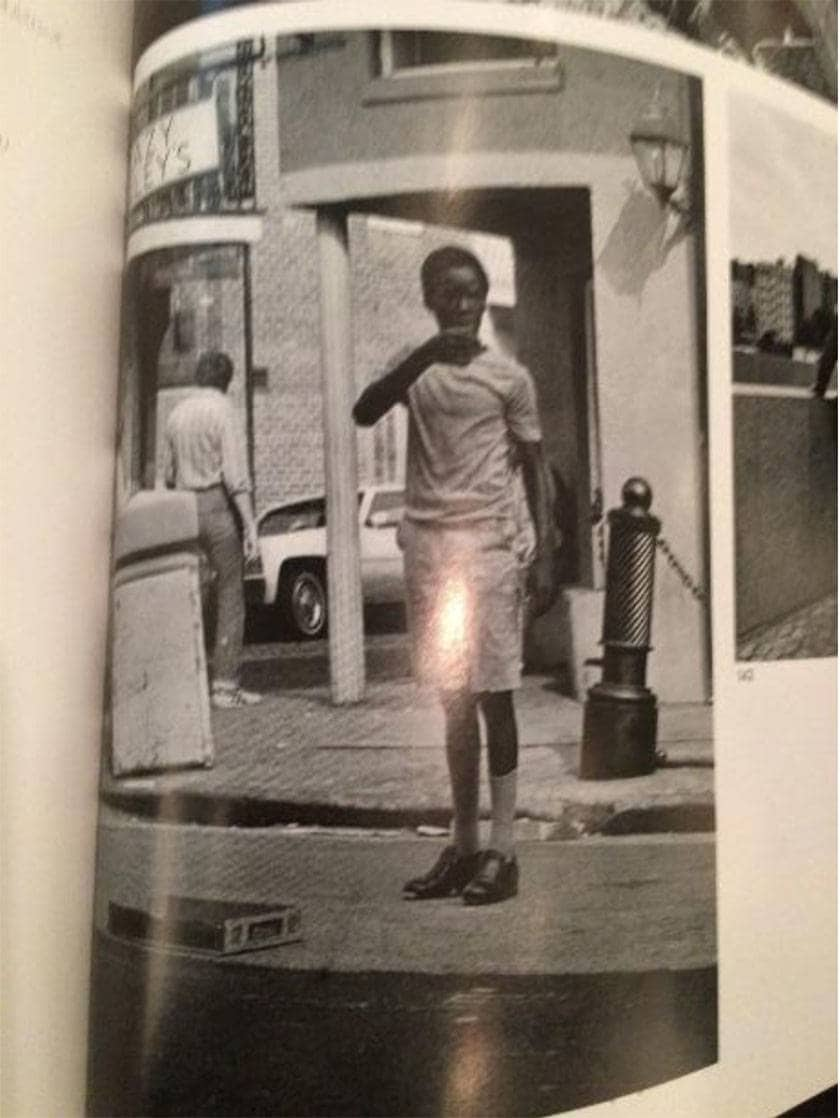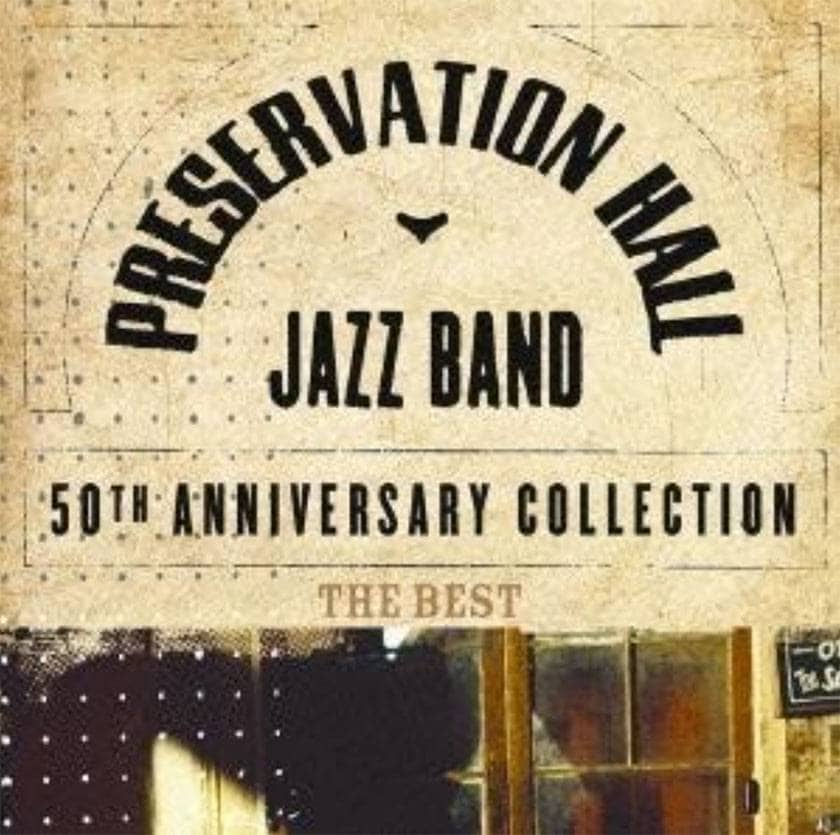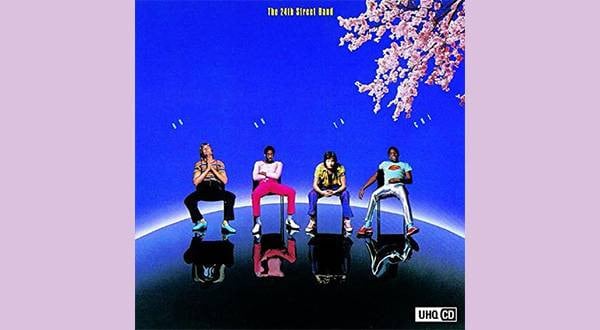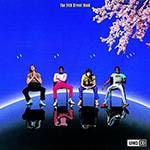New Orleans American Music Experience
This column moves away from the usual keyboard instruments and flies to the southern United States.
When I was a college student, my music interests were limited to European rock, such as British rock. American music was less thought-provoking than European music, and I thought it sounded flimsy. The typical music is American rock on the West Coast. ♪ ~ Lyrics like "Under the blue sky, glittering sun, blow off the coastline with his cool girl ~" optimistic human music. I thought it was too narrow a way of thinking. I’m a little embarrassed by that now.
I do not have such thoughts now. But such is bias.
My high school teacher at the time said, “Everyone who has an electric guitar is bad. I know it.” This made me very angry. It was an era when there were many poor teachers and adults who confused electric guitars and juveniles. However, in terms of the line of music, it can be said that my brain was about the same.
I visited the United States when I was a student, and that changed my childish way of thinking. My major was photography.
In 1980, I visited the United States to take photos for my graduation work. It was a poor photography trip across the United States from New York on a Greyhound bus.
The title of my graduation thesis was "New York & New Orleans". Starting from the title, it was childish. It was a contrast to the rural town where the advanced town and the colonial culture remain.
New Orleans is a coastal city facing the Gulf of Mexico, where the Mississippi River flows, and is also known as a tourist city. Bourbon Street, which has a strong colonial culture, was lined with clubs and restaurants, and was full of African American boys dancing for money. I pointed the lens at the sad boys and released the shutter.

Bourbon Street Boy (1980) There is a money box in front of the boy…
A word from a bassist friend
In New Orleans I became friends with a Japanese bassist. My friend told me, "I regret having gone to the Preservation Hall when I came to New Orleans." I didn’t know about the Preservation Hall. Backpackers' poor trips can be enriched by exchanging information with strangers. There was no internet, and "how to walk the earth" was the bible of the backpacker. I was a haphazard Gentile who did not have "how to walk the earth". A word from my bassist friend changed my bias against American music.
Impact of Preservation Hall
Preservation Hall is a jazz concert hall in New Orleans. The regular bands change night after night, playing traditional Dixieland jazz. Admission was around $5.00? It might have been cheaper.
I was surprised when I got inside. The chaise lounge, which had the impression of a tattered circus hut, had a random decor, and it was far from the hall.
I was also surprised by the faces of the performers. The ones who appeared were small, sloppy old men. They were like Thunderbird (old!) Puppets.
“Are these people okay?” I said to myself. My expectations waned.
The moment when their sound came out, my perception of music collapsed with a rattle. The raggedy old men turned out to be proud musicians, and the thought that they may not sound good was blown away. The sound they make was different from the sound of a technical big band. “Traditional sound” is normal, but this was a sound that was born in this area and wears "something" that only musicians with history can create. It was a very powerful, plump, gentle, melancholy "sound". I had a happy time being touched by sounds I had never heard. I think it was a kind of miracle produced by music created by slaves working in Preservation Hall and plantations and directed by house band musicians.
■ Preservation Hall Jazz Band "The Best" (2014)

A memorial edition of the visit to Japan by the Preservation Hall house band, the long-established jazz club in New Orleans. The band was formed by tuba players in the 1960s and has a history of more than 50 years. In 1980, I had no knowledge of Dixieland Jazz. However, fragments of African American music and the mood of New Orleans that I felt at the Preservation Hall at that time were wonderfully packaged in this album.
Recommended Song: "Shake It and Break It"
A typical Dixieland jazz song. Not only the brass but also the impressive sound of the banjo remains in your ears long after the song ends. The bass is not a wood bass, but the tuba is blowing the bass line.
Musicians, albums, recommended songs, keyboards used this time
- Artist: Preservation Hall Jazz Band
- Album: "The Best"
- Title: Shake It and Break It
- Equipment: Acoustic Piano, etc.
コラム「sound&person」は、皆様からの投稿によって成り立っています。
投稿についての詳細はこちら


























